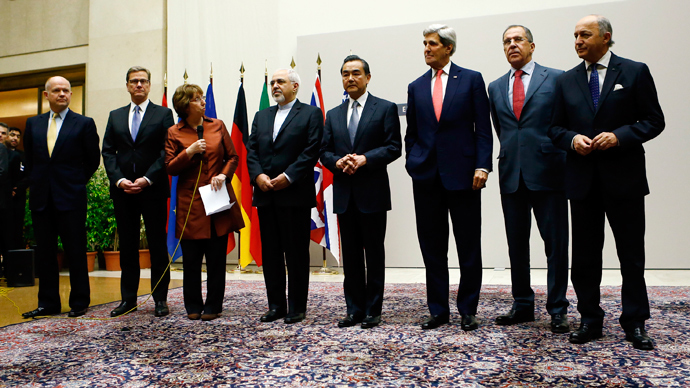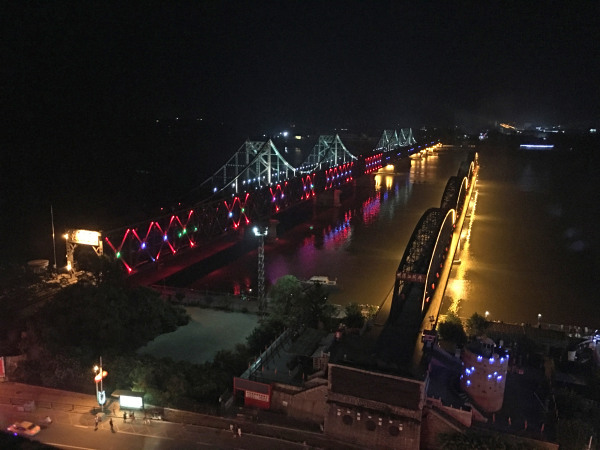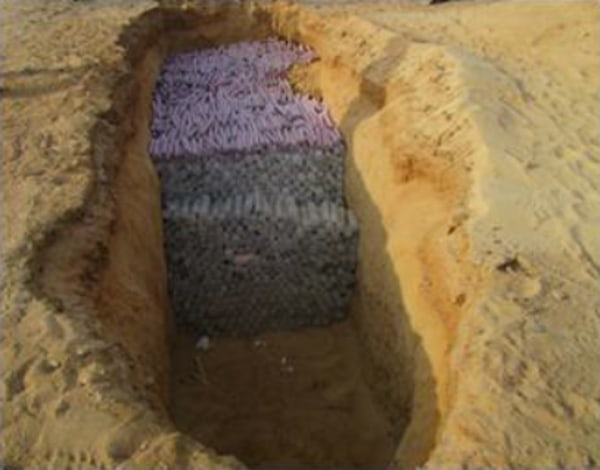The Beijing government knows full well all the ins and outs of North Korea including all banking relationships, cyber attacks, illicit activities, counterfeiting and gets assistance from China on how to skirt international sanctions. Still, China has the ability to make the world safer from the rogue Kim regime including outside assistance from Syria, Venezuela, Iran and Russia. Whatever the future holds for global security and equilibrium, Beijing is responsible.
North Korean leader Kim Jong Un is fixated on obtaining a serious nuclear arsenal, and continues to thumb his nose at the U.S. and other world powers. The latest round of United Nations Security Council sanctions approved Monday are not going to change that. But one aspect of them — new measures to interdict ships breaking trade embargoes against Pyongyang — could be baby steps toward much stronger sanctions enforcement.
The new resolution gives the U.S. and other countries the power to inspect ships going in and out of North Korea’s ports but, unfortunately, does not authorize the use of force if the target ships don’t comply. Equally bad, the inspections would need the consent of the countries where the ships are registered. This is a far weaker regime than what was initially proposed by the Donald Trump administration, which would have empowered U.S. military vessels to “use all necessary measures” to force compliance. That the language was watered down to avoid a veto from Russia or China.
The fact is, the only way to keep the Kim regime from violating UN sanctions would be a stringent naval blockade. While a full-on blockade would require a Security Council resolution, it would be possible for the U.S. to immediately start putting in place the rudiments of a comprehensive inspection regime on the high seas, which could be easily adapted over time as more allies, partners and ultimately geopolitical competitors like China and Russia can be persuaded to sign on. Indeed, the Trump administration has already been thinking along these lines.
Such a blockade would serve three key purposes: definitively cutting off North Korea’s access to oil imports from the sea; stopping Korean exports, especially textiles and seafood (which are of significant hard currency value to the regime); and ensuring that high-tech machinery and raw materials that might support Kim’s nuclear-weapons and missile programs are not allowed into the Hermit Kingdom.
While China might continue to provide such supplies across the long Chinese-North Korean land border, a naval blockade would increase pressure on Beijing to comply with existing UN sanctions, as any illegal imports would be obvious proof of Chinese violations.
Setting up a naval blockade is a tactical challenge, even for the U.S. North Korea operates commercial and military ports on its east and west coasts of the peninsula, including Nampo on the Bay of Korea and Hungnam on the Sea of Japan. It also has ports in the far northeast of the country on the edge of Russia, which has been one of Kim’s apologists on the world stage. Shutting down the entire flow of goods into and out of North Korea would significantly tax the U.S. Pacific Fleet.
But it wouldn’t be impossible. The blockade would probably be commanded and controlled tactically out of Seoul, at the headquarters of the commander of U.S. Forces Korea, Army General Vincent Brooks. (An odd legacy of the Korean War is that Brooks is also the commander of UN forces on the peninsula.) At sea, the Navy would probably operationalize the blockade under the overall tactical control of the commander of the U.S. Seventh Fleet, which is based across the Sea of Japan in Yokosuka. The flagship of the fleet, the USS Blue Ridge, is optimized for complex combat operations and would be the seagoing base for the blockade. The fleet has a new commander, Admiral Phil Sawyer, who was brought after the collisions of two Navy destroyers, the McCain and Fitzgerald, with commercial ships this year. More here from Bloomberg.
***
There is an international program to practice and plan for anything that North Korea may have in process militarily.
North Korea’s intensifying experiments appear to have prompted the Formidable Shield exercise, which is the first time that Nato allies have practised defending against incoming ballistic missiles with no prior warning in Europe.
It launched the day after the US sent bombers and fighter jets over waters east of North Korea to send a “clear message that the President has many military options to defeat any threat”.
Donald Trump appeared to threaten regime change in the country over the weekend, causing the North Korean foreign minister to accuse the President of “declaring war” in a speech at the United Nations.
American forces are leading the exercise off the coast of the Scotland, alongside troops from Britain, Canada, France, Germany, Italy, Spain and the Netherlands.
The Ministry of Defence (MoD) hailed Formidable Shield as “one of the most sophisticated and complex air and missile exercises ever undertaken in the UK”.
A Royal Navy Type 45 Destroyer and two Type 23 frigates are being joined by 11 other ships, 10 aircraft and 3,300 personnel for the month-long exercise.
They will work together to detect, track and shoot down live anti-ship and ballistic missiles. More here.
***
Earlier this month CIA Director Mike Pompeo suggested “the North Koreans have a long history of being proliferators and sharing their knowledge, their technology, their capacities around the world.”
My research has shown that North Korea is more than willing to breach sanctions to earn cash.
A checkered history
Over the years North Korea has earned millions of dollars from the export of arms and missiles, and its involvement in other illicit activities such as smuggling drugs, endangered wildlife products and counterfeit goods.
North Korean technicians allegedly assisted the Pakistanis in production of Krytrons, likely sometime in the 1990s. Krytrons are devices used to trigger the detonation of a nuclear device.
Later in the 1990s, North Korea allegedly transferred cylinders of low-enriched uranium hexafluoride (UF6) to Pakistan, where notorious proliferator A.Q. Khan shipped them onward to Libya. UF6 is a gaseous uranium compound that’s needed to create the “highly enriched uranium” used in weapons.
The most significant case was revealed in 2007 when Israeli Air Force jets bombed a facility in Syria. The U.S. government alleges this was an “undeclared nuclear reactor,” capable of producing plutonium, that had been under construction with North Korean assistance since the late 1990s. A U.S. intelligence briefing shortly after the strike highlighted the close resemblance between the Syrian reactor and the North Korean Yongbyon reactor. It also noted evidence of unspecified “cargo” being transported from North Korea to the site in 2006.
More recently, a 2017 U.N. report alleged that North Korea had been seeking to sell Lithium-6 (Li-6), an isotope used in the production of thermonuclear weapons. The online ad that caught the attention of researchers suggested North Korea could supply 22 pounds of the substance each month from Dandong, a Chinese city on the North Korean border.
There are striking similarities between this latest case and other recent efforts by North Korea to market arms using companies “hidden in plain sight.”
The Li-6 advertisement was allegedly linked to an alias of a North Korean state arms exporter known as “Green Pine Associated Corporation.” Green Pine and associated individuals were hit with a U.N. asset freeze and travel ban in 2012. The individual named on the ad was a North Korean based in Beijing formerly listed as having diplomatic status. As was noted when the Li-6 story broke, the contact details provided with the ad were made up: The street address did not exist and the phone number didn’t work. However, prospective buyers could contact the seller through the online platform.
This case – our most recent data point – raises significant questions. Was this North Korea testing the water for future sales? Does it suggest that North Korea may be willing to sell materials and goods it can produce in surplus? Was the case an anomaly rather than representative of a trend? More here.













